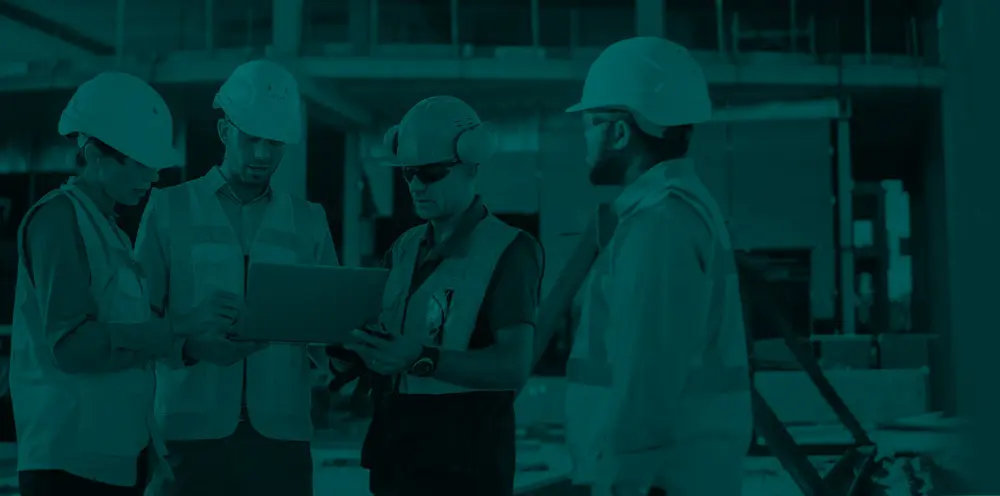What Is HAVS? Causes, Symptoms and Long-Term Impact
Hand-Arm Vibration Syndrome (HAVS) is a serious occupational condition caused by prolonged exposure to vibration, typically from hand-held tools and machinery. Once considered a niche industrial issue, HAVS is now recognised as a widespread risk across manufacturing, construction, forestry, and vehicle repair sectors.

What Is HAVS?
HAVS refers to a range of vascular, neurological, and musculoskeletal disorders affecting the fingers, hands, and arms. It results from repeated exposure to vibration transmitted through tools like grinders, drills, chainsaws, and pneumatic equipment.
Previously known as “vibration white finger,” the term HAVS was adopted to reflect the broader spectrum of symptoms beyond just vascular blanching.
Causes of HAVS
HAVS develops over time due to:
Prolonged use of vibrating tools (e.g., grinders, impact wrenches, jackhammers)
High vibration intensity without adequate breaks
Cold and damp working conditions, which exacerbate vascular symptoms
Poor tool maintenance, increasing vibration output
Tight grip and awkward postures, which intensify transmission
The damage occurs gradually, affecting small nerves, blood vessels, and joints in the hands and arms.
Symptoms of HAVS
Symptoms typically progress in stages:
Early Signs
Tingling or pins and needles in fingers
Numbness that may come and go
Reduced tactile sensitivity
Intermediate Symptoms
Loss of grip strength
Difficulty handling small objects
Pain or discomfort during tool use
Advanced Symptoms
Permanent numbness
Vibration white finger (blanching in cold, followed by redness and pain)
Chronic pain and reduced manual dexterity
These symptoms can severely impact work performance and quality of life.
Long-Term Impact
If untreated, HAVS can lead to:
Permanent nerve damage, resulting in loss of sensation
Vascular dysfunction, including Raynaud’s phenomenon
Muscle weakness and joint stiffness
Disability and job loss, especially in manual trades
Psychosocial effects, such as anxiety, depression, and financial stress
Importantly, HAVS is preventable but irreversible once damage is done. Early intervention and consistent monitoring are key.
Prevention and Monitoring
Employers and safety managers should:
Conduct regular vibration risk assessments
Implement vibration exposure monitoring systems
Rotate tasks and enforce break schedules
Provide anti-vibration gloves and ergonomic tools
Train workers to recognise early symptoms
Compliance with regulations like the Control of Vibration at Work Regulations 2005 is essential for legal and ethical workplace safety.